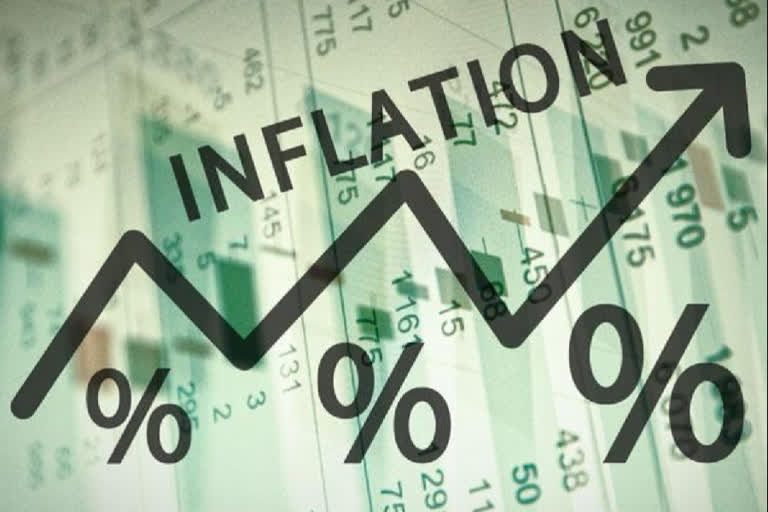New Delhi: A loose monetary policy adopted by the central banks, including India’s Reserve Bank and US Federal Reserve among others, to support growth during the Covid-19 global pandemic coupled with the demand-supply mismatch caused by the pandemic induced global supply-chain disruptions have been fueling inflation worldwide, said a report by Oxford Economics.
Adam Slater, a Lead Economist at Oxford Economics, says there has been a broad-based rise in inflation across economies in recent months. "Headline inflation in the G7 has reached 3.5%, with core inflation in the US at 4% – a rate unseen since the early 1990s. Outside Asia, inflation in emerging markets has doubled to around 8%," Slater wrote in the report.
In India, the wholesale inflation measured as Wholesale Price Index (WPI) was in double-digit in September this year, the sixth straight month when the rise in the wholesale prices on a year-on-year basis was in double digits.
What is fueling global inflation?
According to researchers at Oxford Economics, both demand and supply shocks were behind the rise in inflation worldwide, though it was difficult to split their impact precisely. However, in case of emerging economies like India, Russia, China, Brazil and some others, the impact of increasing demand was more visible as many central banks, including the Reserve Bank of India which adopted a loose monetary policy to push demand-driven growth during the pandemic.
“Fast money supply growth since early 2020 is one obvious possible cause for the jump in inflation. Our analysis suggests a clear link for emerging markets inflation, but a weaker one for advanced economies,” said the economists at Oxford Economics.
Another factor is a rise in commodity prices, including the crude oil prices that have witnessed inflation in the last months. In the international market, crude oil prices have gone up from a low of less than $20 in April 2020 to $40 in October. In October 2021, the price has increased two times compared to last year's price as Brent Crude is hovering around $82-84 per barrel.
Pressure of government borrowing
Apart from commodity prices and loose monetary policy that created excess liquidity in the global financial system, there are other macro-economic factors that led to persistently high global inflation. One of the possible reasons could be a huge increase in the fiscal deficits across most of the countries as governments borrowed heavily to provide relief and to continue with capital expenditure and other development programmes to sustain growth during the pandemic.
“Another possible inflationary factor is the massive increase in fiscal deficits. Our cross-country analysis, though, struggles to find a significant statistical link either for advanced or emerging economies,” Slater said. He said there was a significant statistical link between exchange-rate depreciation and inflation rises in the case of emerging economies, which could also be linked to monetary factors but not so for advanced economies. Salter said it was possible as advanced economies have more inflation-fighting credibility than emerging economies like India, Russia and China.
How long will global inflation persist?
According to researchers at Oxford Economics, the reason behind the price rise appears to be a series of supply shocks and rapid growth in demand fueled by loose fiscal and monetary policy. The duration of inflation will be a matter of considerable debate. "One key factor driving headline inflation in recent months has been a rise in commodity prices, with oil and non-energy commodities up 40%-50% from their pre-pandemic levels," they said.
High crude oil prices forced energy-consuming countries like India to demand oil producers such as OPEC to settle for a price that does not exceed the paying capacity of consuming nations. According to the researchers at Oxford Economics, the bigger worry is that the real impact of loose monetary policy adopted in advanced economies becomes visible two years after the rate cut.
"One notable point, however, is that most analyses suggest that the peak inflation impact from monetary surges comes only around two years after they occur. It means there is a big risk in 2022," Slater said. He said a succession of supply shocks in a very loose policy environment still has the potential to cause a persistent rise in inflation.
Also read: Sitharaman's big push for increasing capital expenditure



